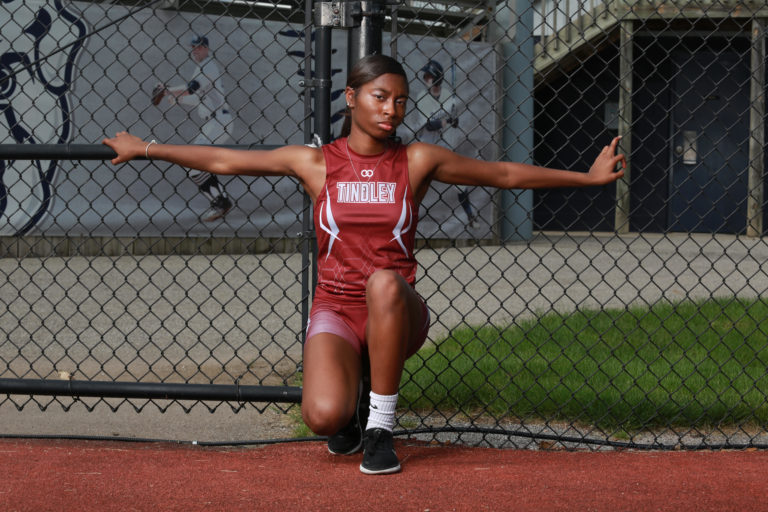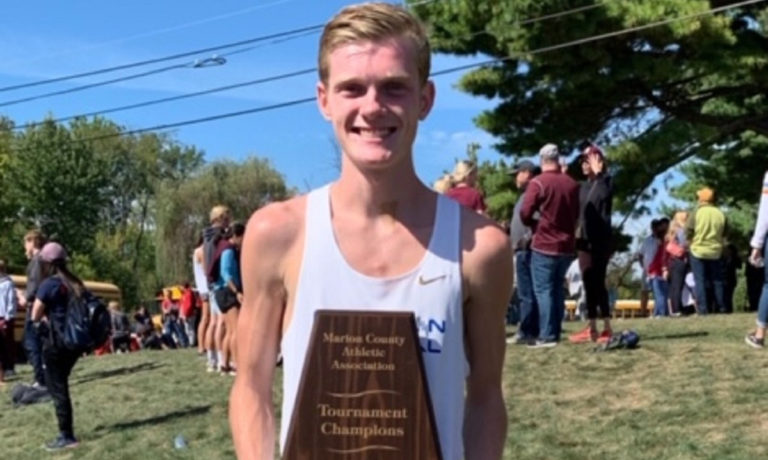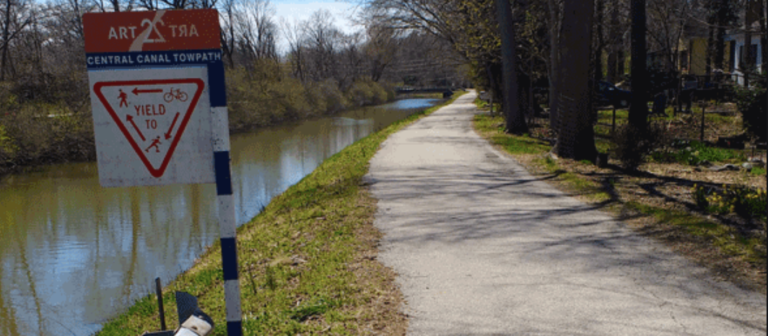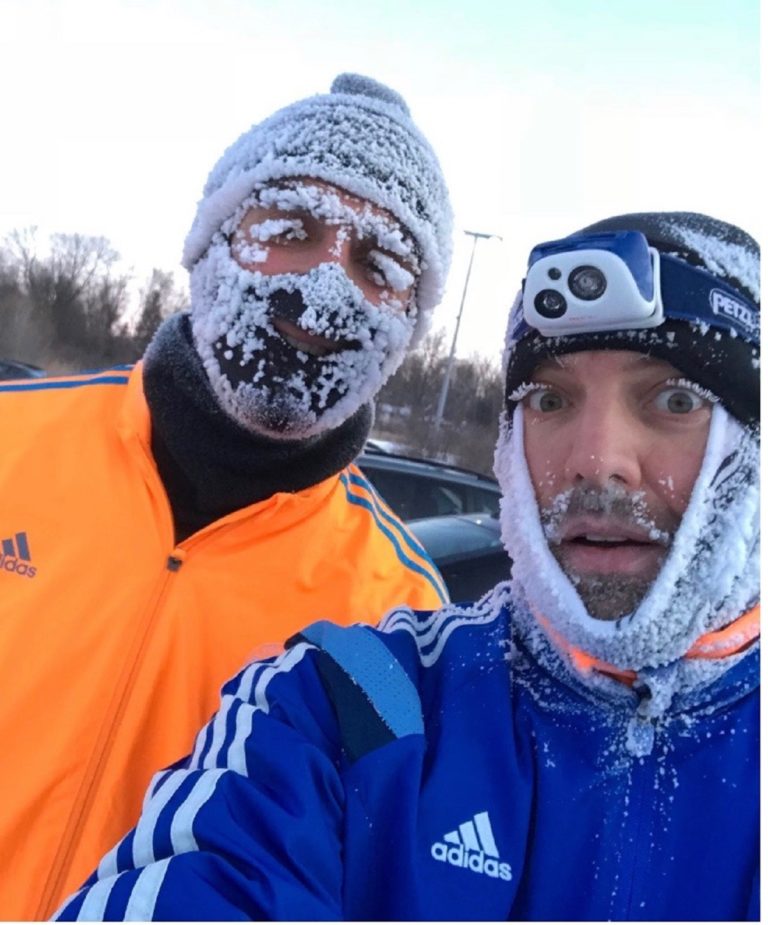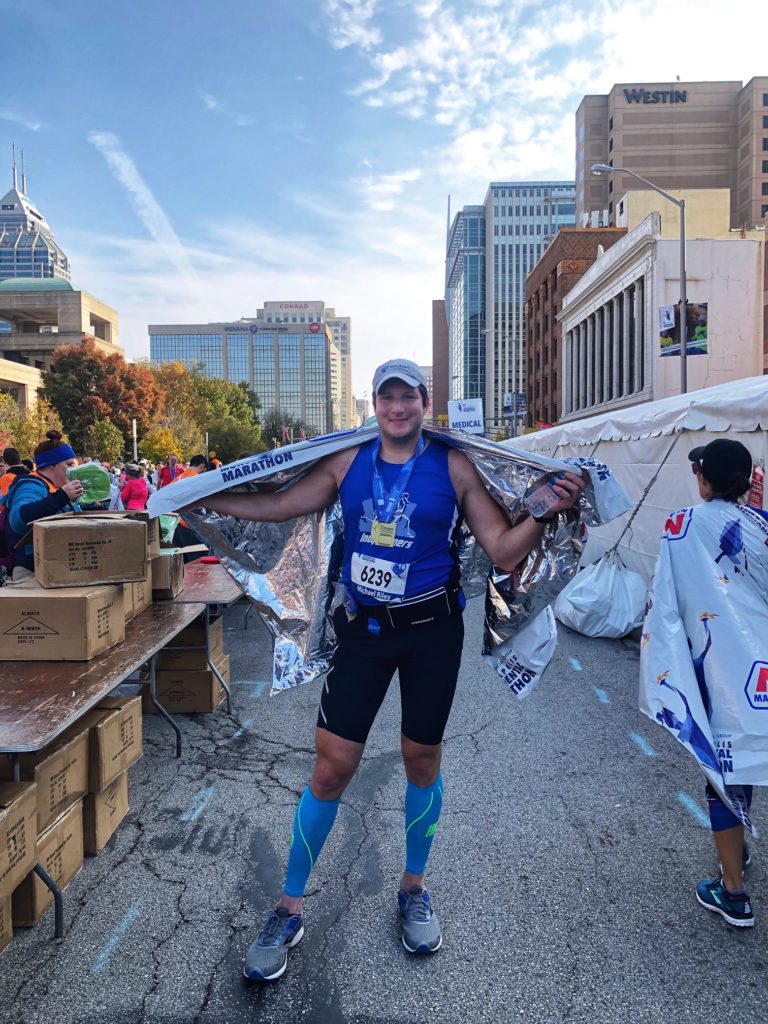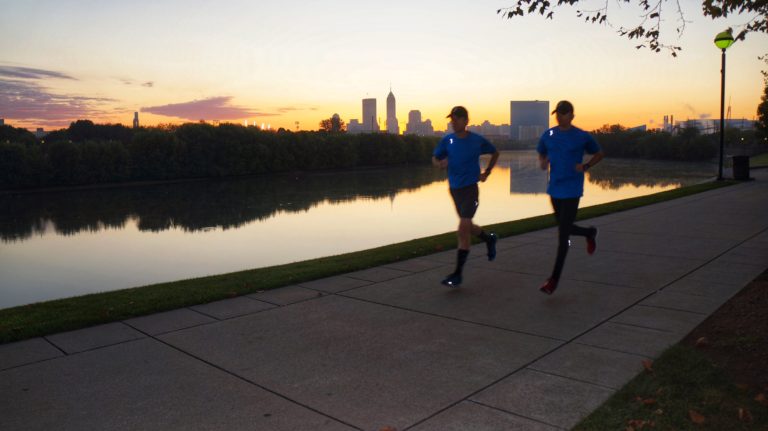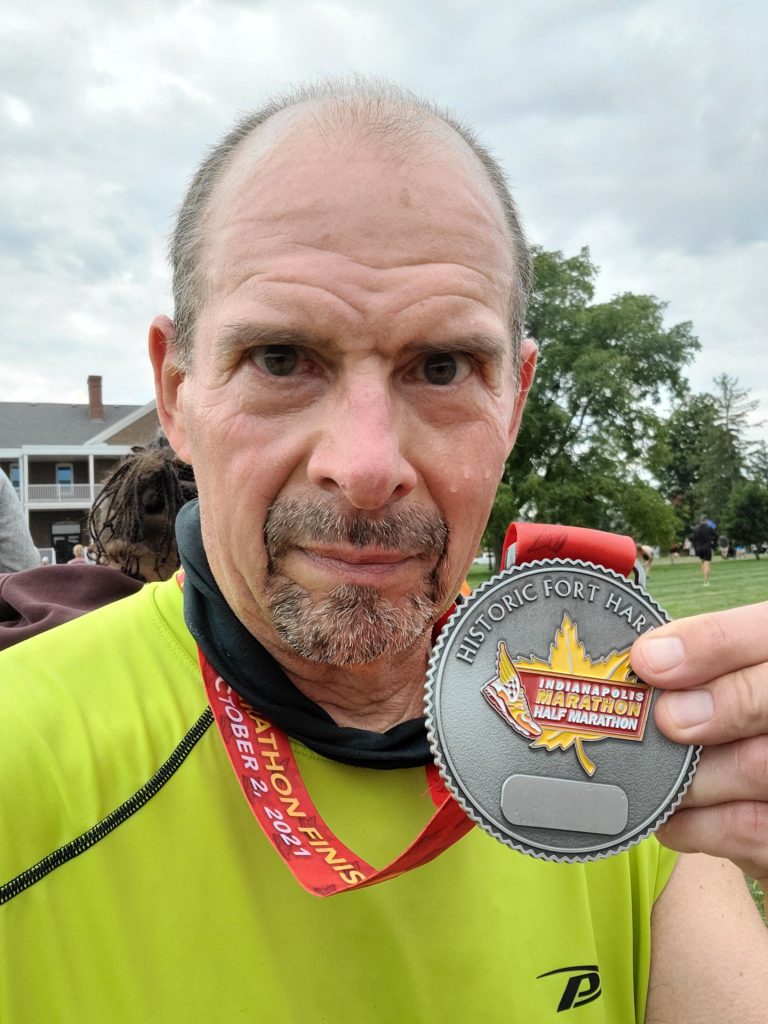
What is your current Board Position? Secretary
How long have you been running and how long have you been a member of Indy Runners? In high school in Connecticut, we HAD to do after-school activities. One winter semester I chose ‘winter running’. I’d like to say that I have been running ever since, but I have not. But that taught me that I could do what I thought was a weird summer activity at any time in any weather. In my 30s I started to do 5K races with work mates, but my race training started the week before the race. Not ideal. In my 40s and 50s, I got more serious about running. In my late 50s I joined a training program and a running club for the first time, which rank among my better life decisions. What took me so long!!??
Are you originally from the Indianapolis Area? I grew up in Connecticut and New York. We left New York after 9/11 for a job in Peoria where we lived for 19 years. We moved to Indy in May 2021 and love it!
Do you listen to anything while running? If so, what? Music is an important part of my life, and I have dozens of running-specific playlists for my runs. Favorite genres are indie rock, post-punk, new wave, afrobeat and prog rock.
What is your favorite distance/race? Over the last several years, the half marathon has become my favorite race distance. It’s far enough to be a serious commitment, but I’m not wiped out for days. Last year I did back-to-back weekend races, and both went really well!
What do you enjoy most about Indy Runners? I really like the people, the community, the training programs and the number of weekly club runs. I learned late in life that using these opportunities kept me accountable and disciplined but has also increased my love of the sport.
Do you have any goals for the upcoming year? I have signed up for four half marathons (so far) for this year and may also do an Olympic Triathlon.
When did you begin running and why? The ‘why’ is that running also allows me to eat the foods that I love to be honest and helps me to be healthier.
What is your favorite running motto/mantra? That “I am lucky enough to be able to do this. Relax and enjoy it.”
What advice would you give to beginning runners? Be curious and keep learning about running.
What is your favorite running book/movie? I read Runners World magazine and can easily go down internet rabbit holes when I geek out on running information and practices.
Tell us a little bit about yourself outside of running? My wife Jeanne and I have two married daughters (One in Indy and the other in Peoria), and an amazing grandson.
What is your prerace routine? Pre-race and Long Run routine is the same: Fresh pasta the night before. Breakfast is a 20 oz. cup of coffee and a bowl of cereal with added flax, chia and hemp seeds. I drink some kombucha and kefir. It may sound like a lot, but I know what works for me, and I can’t run without something in my stomach.
What might club members find surprising about you? That I really love cats, and I do volunteer work at a cat shelter.

